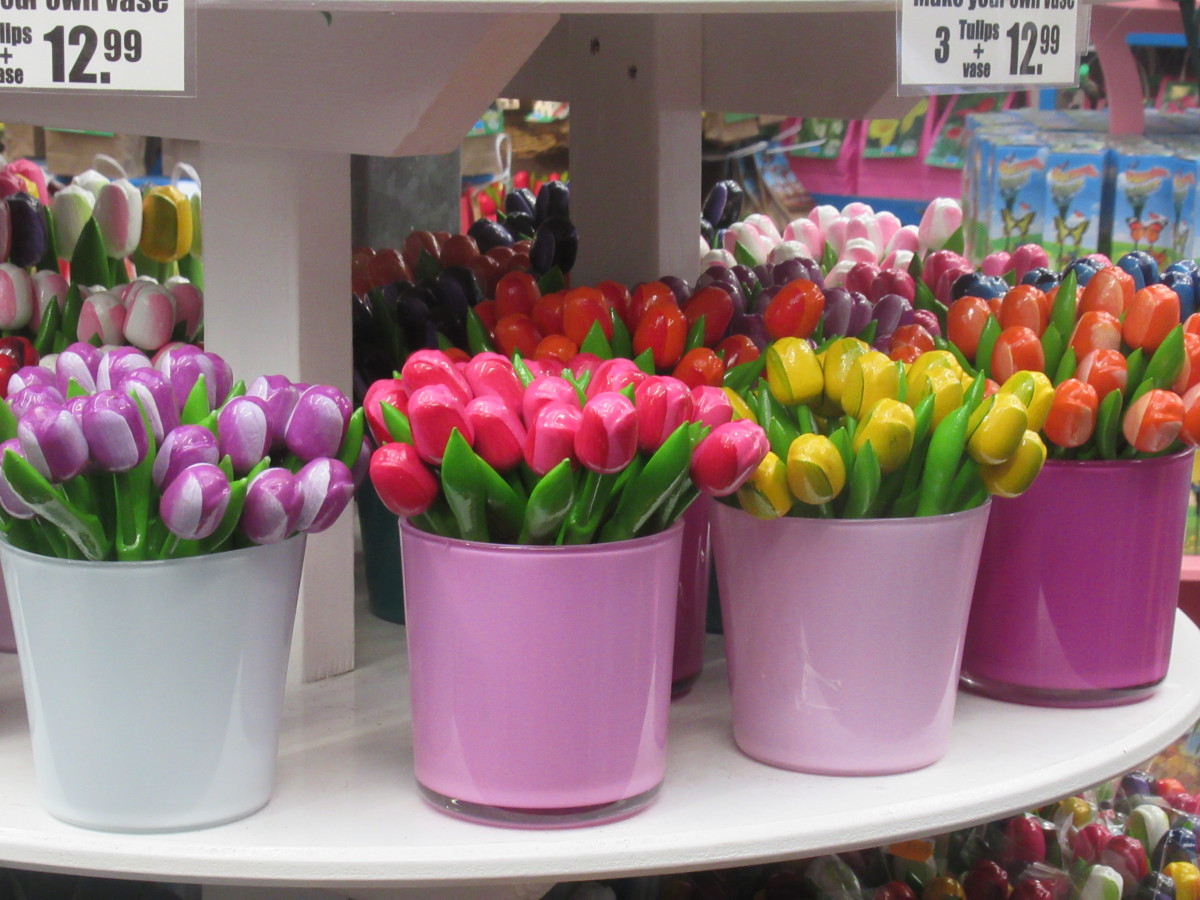Tulips and diamonds both figure centrally in the story of Amsterdam. For example, the Netherlands’ reputation as the ‘flower shop of the world’ makes a visit to Amsterdam’s flower market a must for any city break. Equally, you will surely want to explore Amsterdam’s heritage as the ‘City of Diamonds’. Here then is a little background history on both topics, plus ideas for places to visit to find out more. You can hear much more detail on the podcast.
The Story of Tulips in Amsterdam

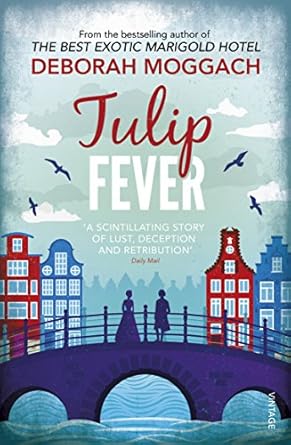
These delicate, exotic flowers, which originally grew in Asia, first came to Holland in about 1550. By the early 17th century, they had become an expensive status symbol, as Anna Pavord, author of The Tulip, explains when describing the exotic garden Adriaen Pauw, the wealthy director of the new East India Company, created just outside Haarlem. In the 1630s, as tulip prices were rising, he clustered his bulbs around a mirrored gazebo to give the impression he had many more than he could actually afford. Rich merchants, writes Pavord, decorated their gardens with aviaries of rare birds and Greek style temples, but ‘the tulip was the ultimate status symbol, the definitive emblem of how much you were worth’.
Tulip Mania eventually led to the great Tulip Crash of 1637. Ever-rising prices led to wild speculation as people even mortgaged their homes to buy bulbs which they hoped to re-sell at a higher price. Sales and re-sales were made without the actual bulbs being exchanged or indeed dug out of the ground and long chains built up. But, as Anna Pavord explains, ‘Somebody, somewhere had to want the flower itself. If nobody did, the whole edifice would fold, as it did, spectacularly, when all dealing in tulip bulbs was suspended in the middle of February, 1637.’ This catastrophe, which brought financial ruin to many, forms the backdrop to Deborah Moggach’s engaging novel Tulip Fever.
Today, the Netherlands exports about 2 billion tulip bulbs every year, making floriculture a major source of the country’s wealth.
The Tulip Museum
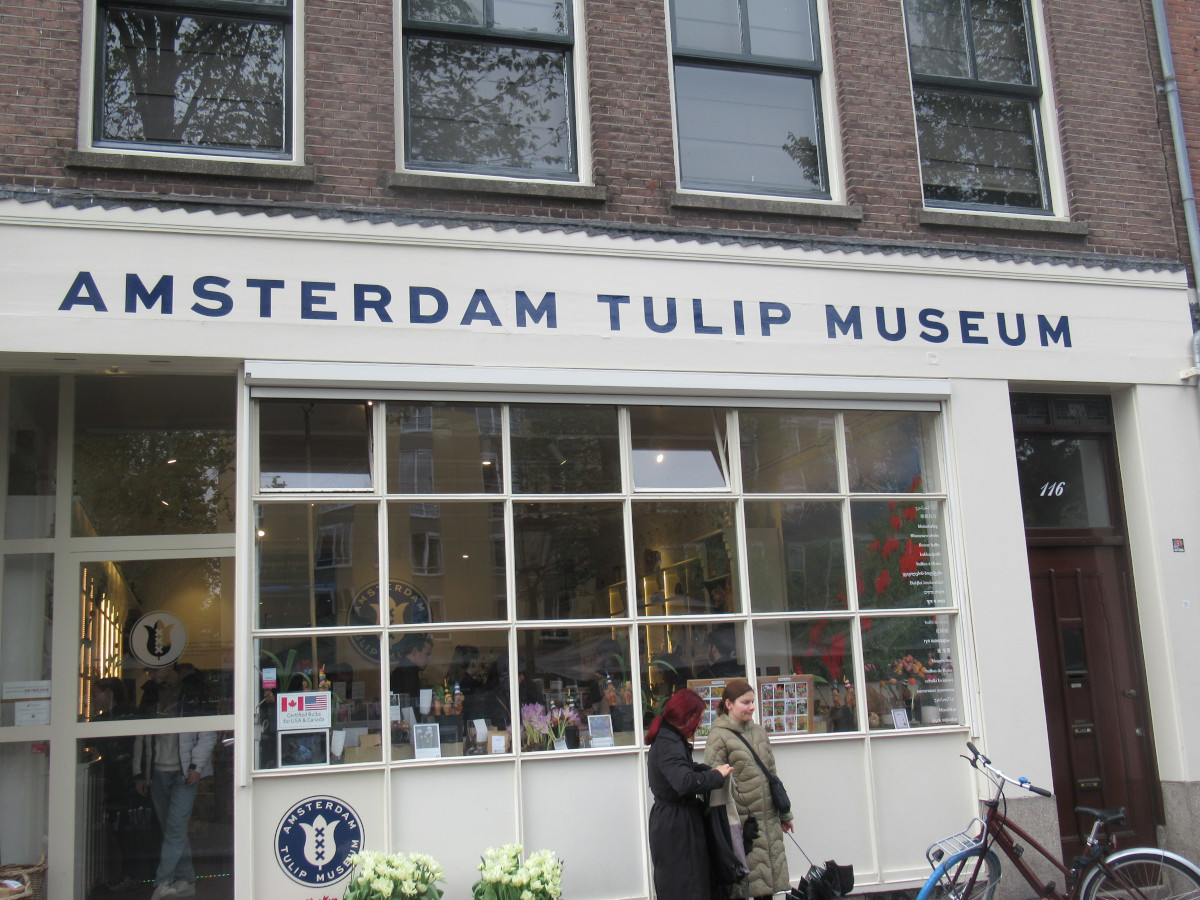
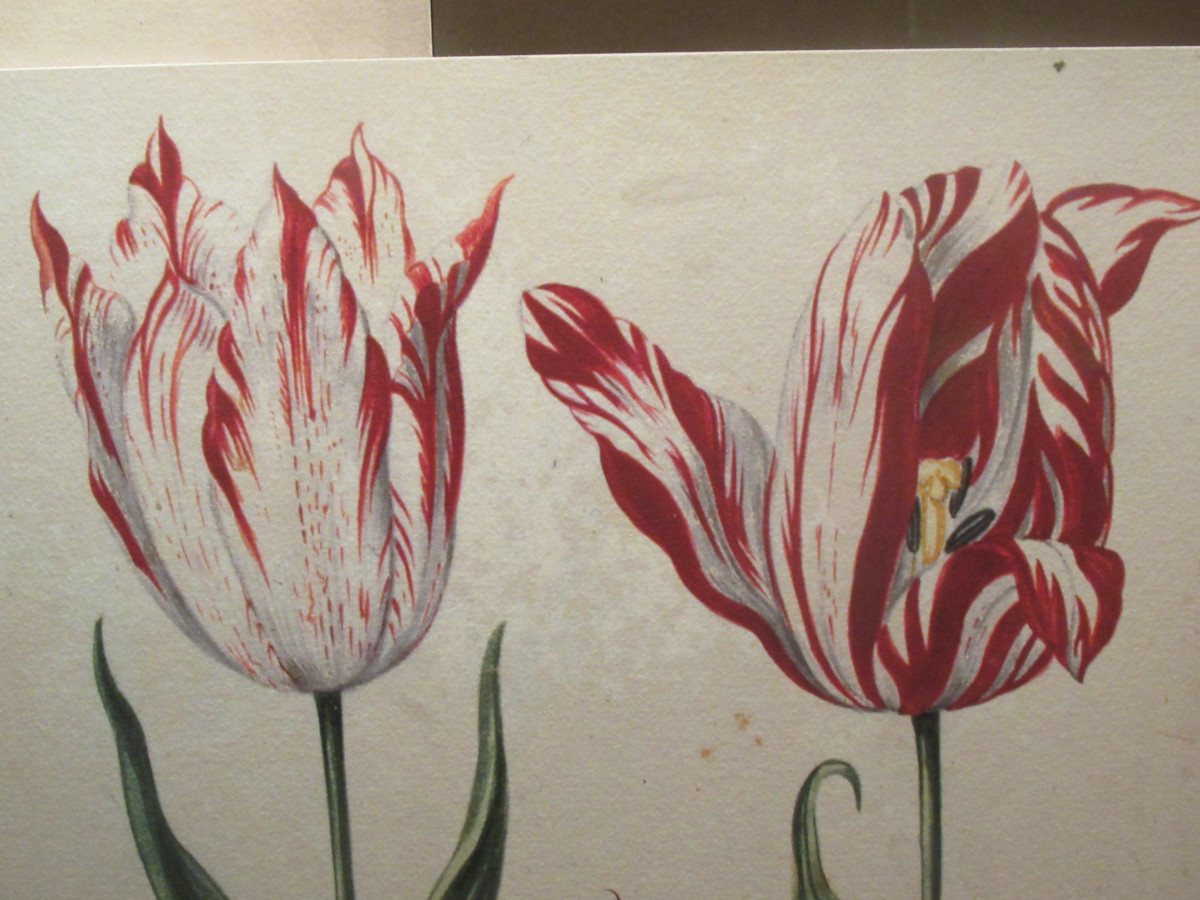
The little Tulip Museum on Prinsengracht is really a shop with a museum attached, but very worth a visit nevertheless. You’ll learn lots from the various displays and pictures, for example about the Semper Augustus or legendary tulip about which the Amsterdam Chronicler wrote in 1673: ‘The colour is white with carmine on a blue base and with an unbroken flame right to the top. Never did a Florist see one more beautiful than this.’ The story of the tulip crash is told, followed by a description of the rebuilding of the market over the next 200 years. There is lots of tulip-related artwork and the very knowledgeable shop assistants can advise you on which bulbs will grow well where you live and on how to plant and nurture them.
Amsterdam, City of Diamonds
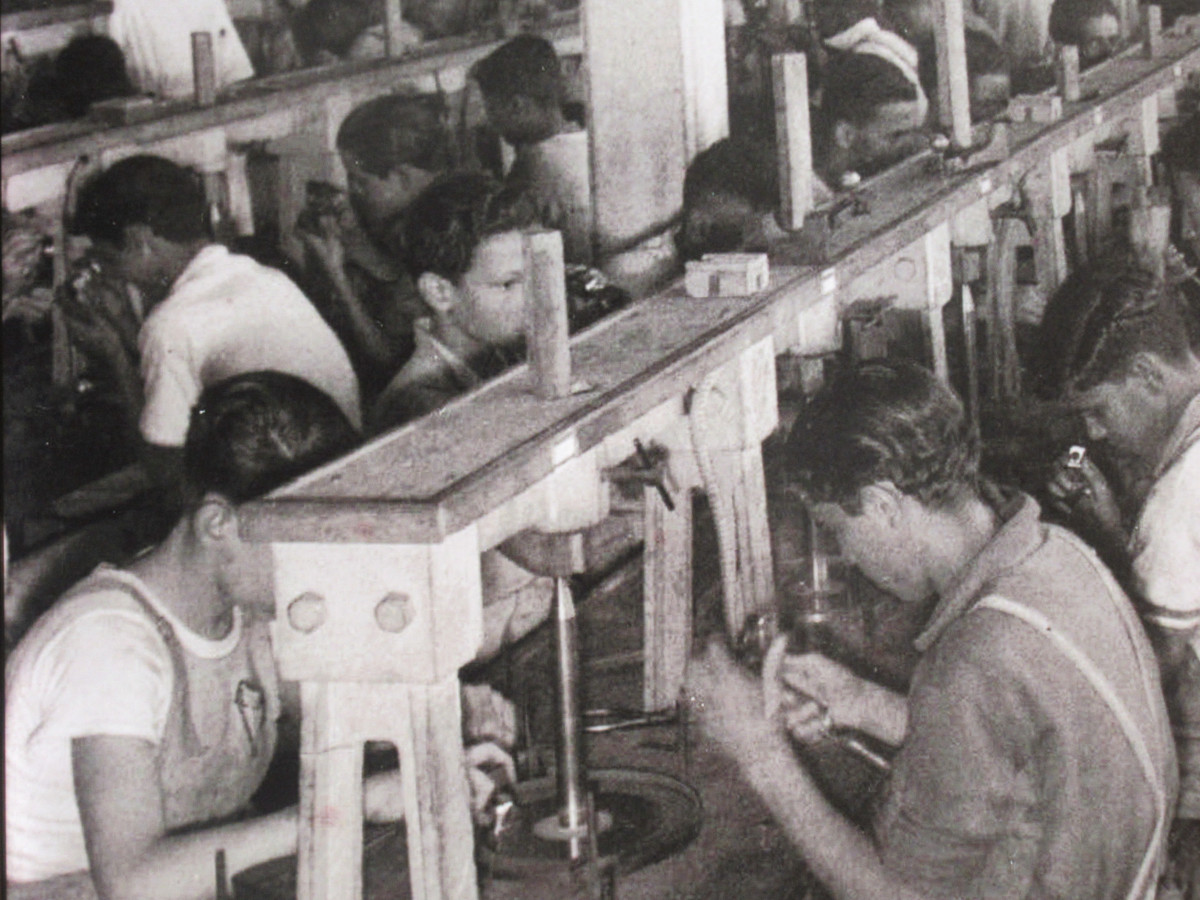
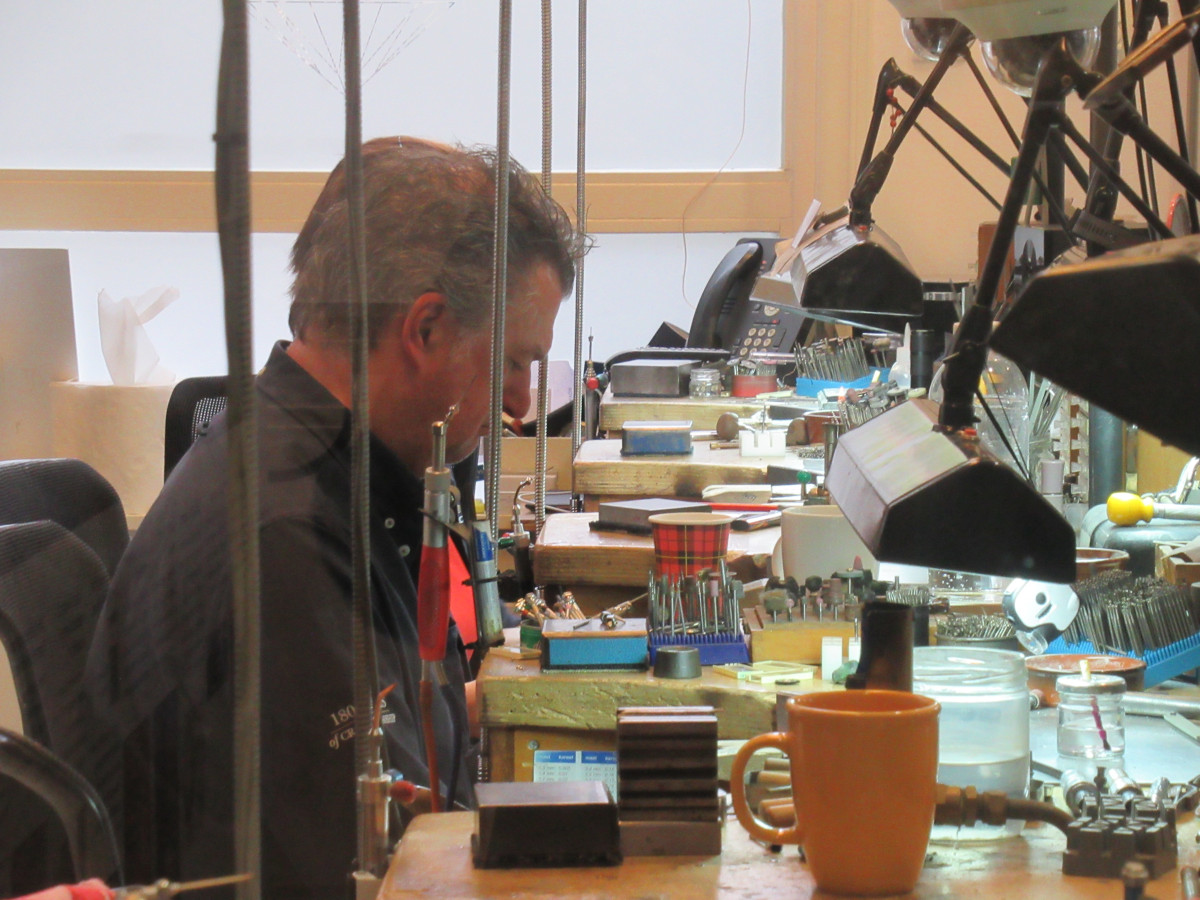
It was the Portugese who first opened up shipping routes around southern Africa to India and began importing diamonds, but when 16th century Jews fled persecution in Portugal, many arrived in Amsterdam where freedom of worship was guaranteed. Barred from Amsterdam’s guilds, Jews could only take up ‘free’ professions, of which the diamond industry was one. After the founding of the East India Company, the importance of diamonds increased in Amsterdam until by 1750, some 600 families were making their living from the diamond trade in Amsterdam alone. Many worked from home, but in the early 19th century the first diamond-polishing factory was built in Amsterdam and the diamond trade boomed, making the city very wealthy.
In 1911 the Diamond Exchange was opened on the Weesperplein, but as the 20th century unfolded, things got difficult. The crash of 1929 affected the market badly and the persecution of Jews during the German occupation of World War II meant that many of the city’s Jews, including some 2800 diamond workers, were deported to the camps, mostly never to return. However, in 1986 Amsterdam celebrated 400 years of being a City of Diamonds and the Amsterdam Diamond Foundation was created. 2007 saw the opening of the Amsterdam Diamond Museum which is currently closed for refurbishment and will reopen at a new location (Paulus Potterstraat) in 2026.
2 Places to find diamonds in Amsterdam
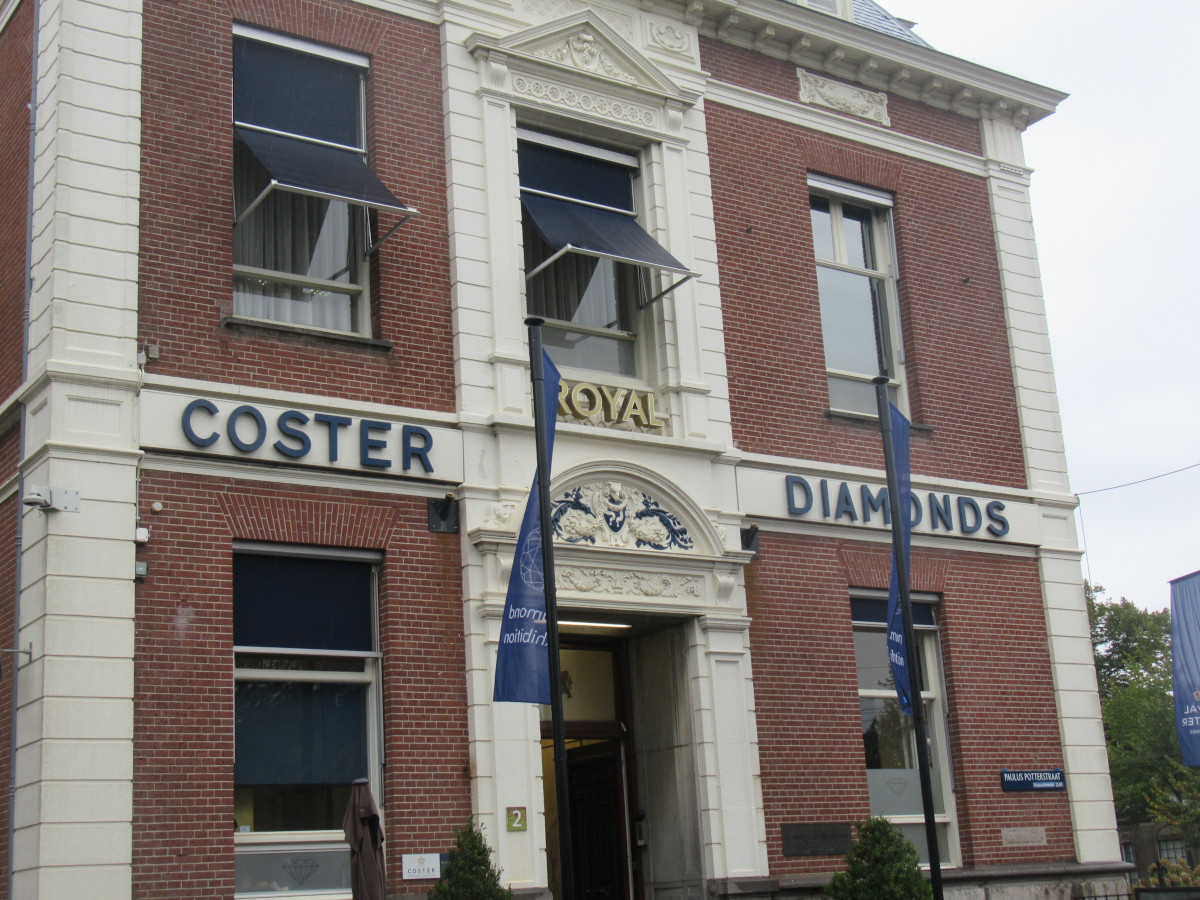
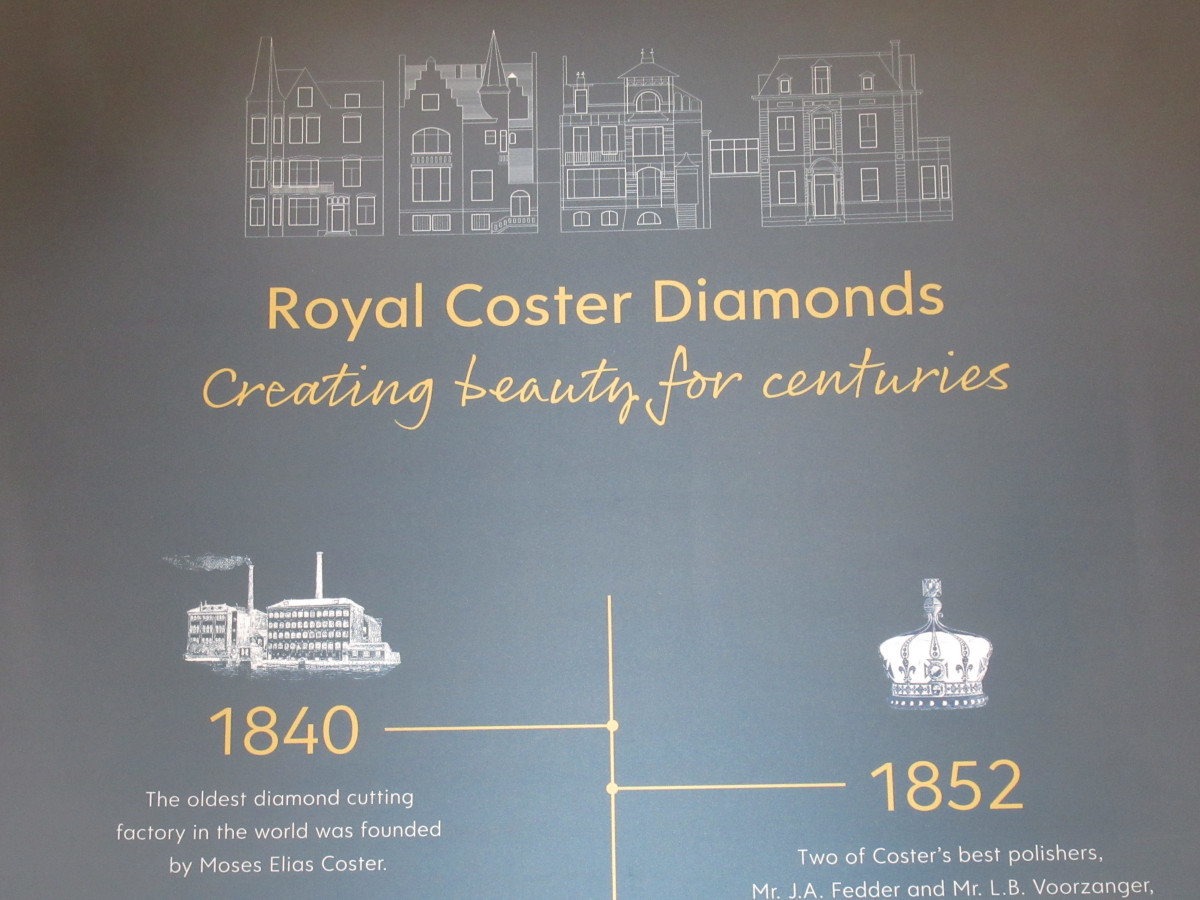
Royal Coster Diamonds is one of the city’s main diamond companies and is open for tours and visits. You will see diamond cutters at work and in the opening display you will learn about the ‘4 Cs’, that is the ways to rate a diamond, namely carat, colour, clarity and cut. Interesting details include: 1 carat is 0.2 grammes; the finest diamonds are ‘exceptional white’ or ‘rare white’ in colour; there are 7 grades of clarity; the top ones being ‘pure’ and ‘very, very small inclusions’; there are 8 different ways to cut a diamond, for example oval, pear and princess shapes, the latter being square!
Here you can learn the history of the Coster company, whose proudest moments include polishing the Koh-I-Noor diamond for Queen Victoria and being granted an honorary ‘royal’ title in 2016.

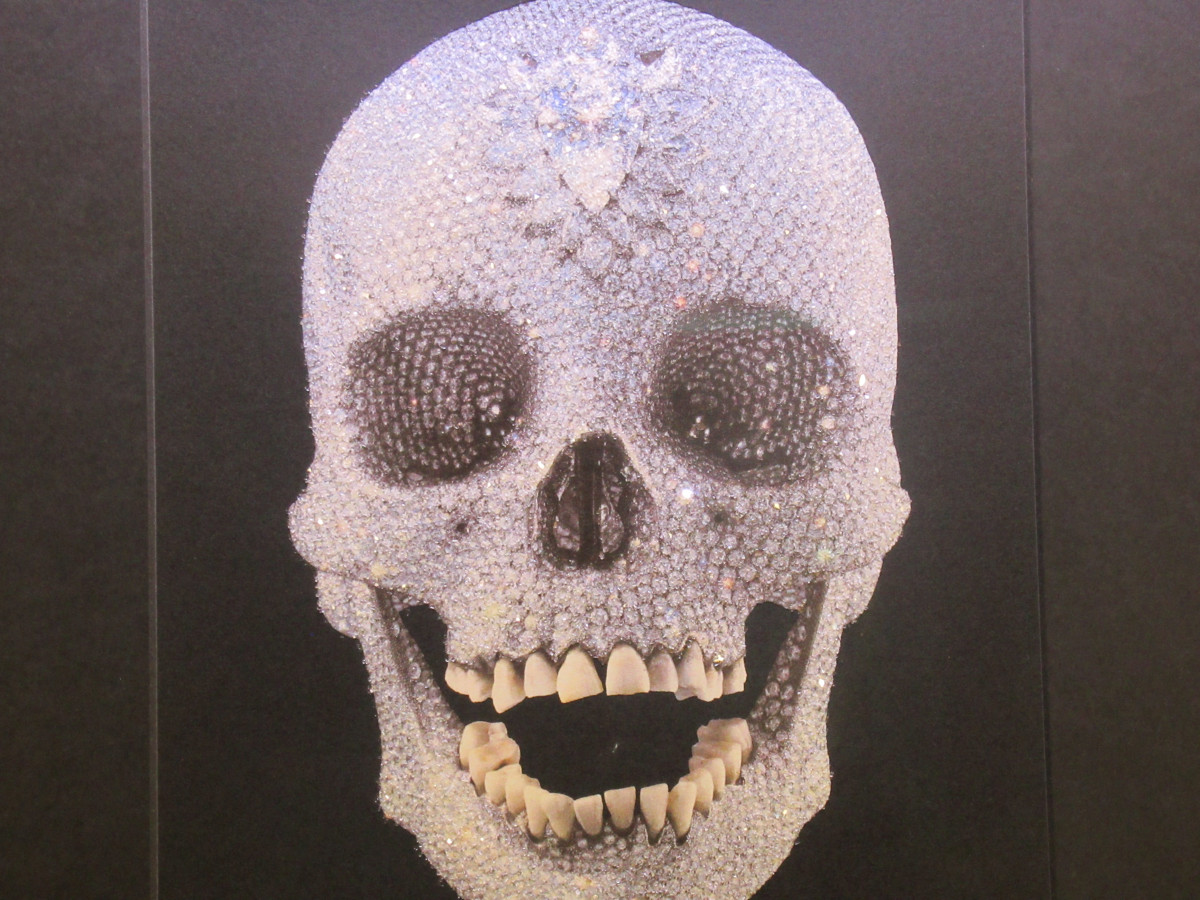
The Amsterdam Diamond Museum proudly advertises that it tells the story ‘of a journey which began 3 billion years ago, 200km under the surface of the earth and which ends in the ring on your finger or in the pendant on your necklace. The hero of this story is the diamond, the hardest material in the world, loveliest of all gemstones.’ Here you will see the world’s finest collection of famous diamonds, some of them real, others carefully made and very convincing replicas. You’ll also learn some history, some geology and a range of fun facts: for example, only 5% of the world’s diamonds are found in jewellery, the rest being used for industrial purposes; and a polished diamond typically weighs only 60% of stone it came from.
Among the displays you will see – replicas! – of such as the world’s largest cut diamond, the Golden Jubilee, and largest uncut diamond, the Cullinan, also known as the Star of Africa. There are also replicas of the Centenary diamond, the world’s most expensive and of the legendary Koh-i-Noor, said to have brought misfortune to generations of its owners in India, Pakistan and Iran. Acquired as part of a treaty by the British army, it was presented to Queen Victoria and is now part of the Crown Jewels on display at the Tower of London, although each of the aforementioned countries would like it back, please.
Among the amazing artworks on show are a replica of Van Gogh’s Starry Night made from over 500 diamonds set in white gold, Damien Hirst’s platinum cast of a human skull set with 8601 diamonds and the Coster skull, inspired by it and featuring twice as many diamonds set onto the silver cast of a gorilla’s skull. You’ll also spot diamond-themed quotes displayed on the walls, for example Shakespeare’s ‘Uneasy lies the head which wears the crown’ from Henry IV and the wonderful remark uttered by Frederick the Great, King of Prussia, that ‘a crown is simply a hat which let the rain in.’
Listen to the podcast
reading suggestions
The Tulip by Anna Pavord
Tulip Fever by Deborah Moggach
links for this post
The Tulip Museum
The Diamond Museum
Royal Coster Diamonds
Previous Episode Van Gogh, the man and the museum
Next Episode Coming very soon
Last Updated on November 5, 2025 by Marian Jones

